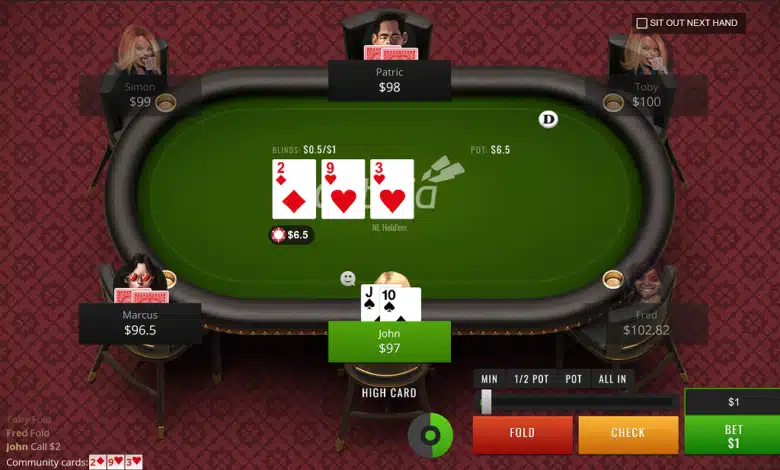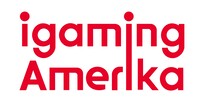
Cubeia, a prominent player in the iGaming software solutions sector based in Sweden, has officially launched its eagerly awaited Poker 2.0 platform. This latest iteration showcases a cutting-edge multi-threaded game engine completely written in Java 21, along with a redesigned graphical user interface that enhances user experience.
To commemorate the launch, Cubeia’s Hybrid Poker Network has initiated a four-week Beta Test Series. Players participating in this series are encouraged to report any bugs they encounter, providing them with the opportunity to earn rewards, which can reach up to $55 in tournament tickets. The new server engine is robust enough to manage player loads in the six-digit range, and it includes future-proof functionalities, such as the ability to expose a poker lobby API to other providers, contingent upon suitable agreements.
One significant advantage of this server upgrade is its simplified approach to feature implementation. The system comes with built-in thread safety, allowing developers to focus on introducing new features without the usual concerns that accompany such developments. As a result, technical debt has been minimized, enabling rapid and efficient updates.
Read also: Florida Police Officer in Hot Water After Allegedly Aiding Suspect in Casino Bomb Plot
The timing of this release is strategic, as several operators are preparing to launch in the upcoming months. Cubeia is not only eager to expand its poker network but also ready to adapt to operator feature requests with increased flexibility.
Simon Isbäck, Cubeia’s Head of Poker, expressed enthusiasm about the launch: “After about a year and a half worth of development, we can finally clap each other’s backs and be proud of what we’ve accomplished! On Thursday, I will be looking forward to hosting a huge launch party for the entire team! New features will drop faster than ever, and we’re looking forward to launching many industry-relevant features as well as some brand new ones. This is only the beginning!”











